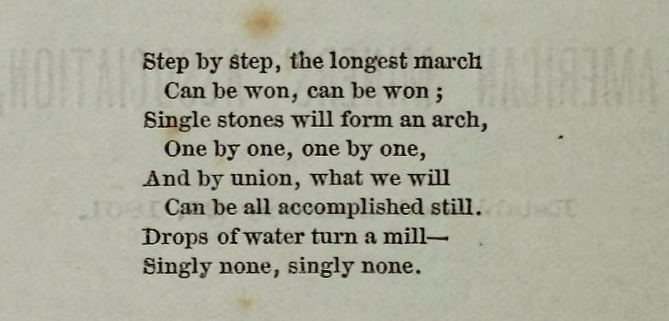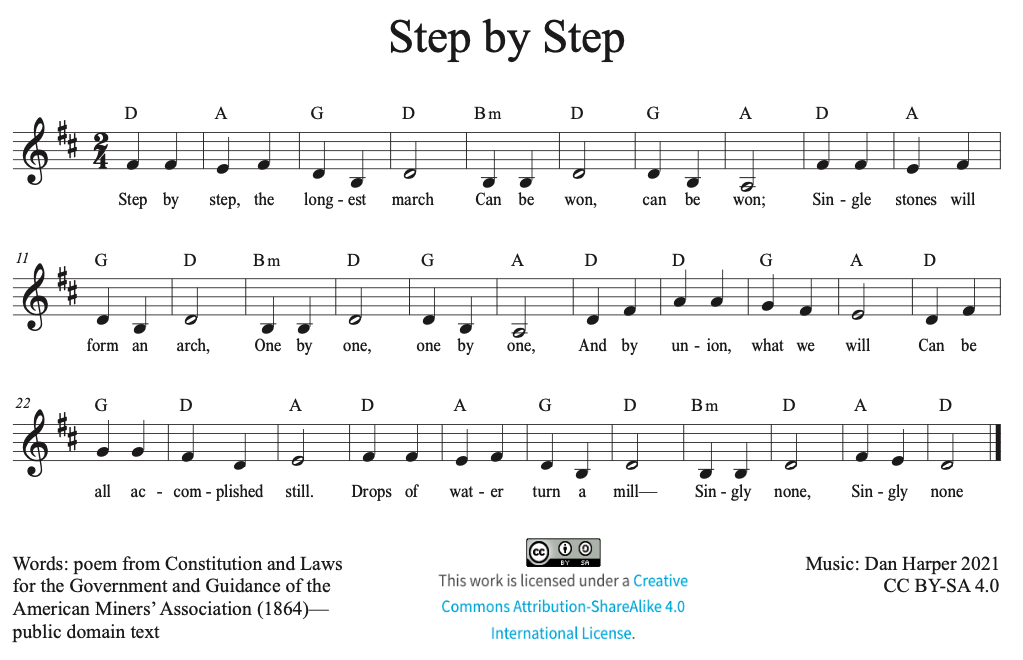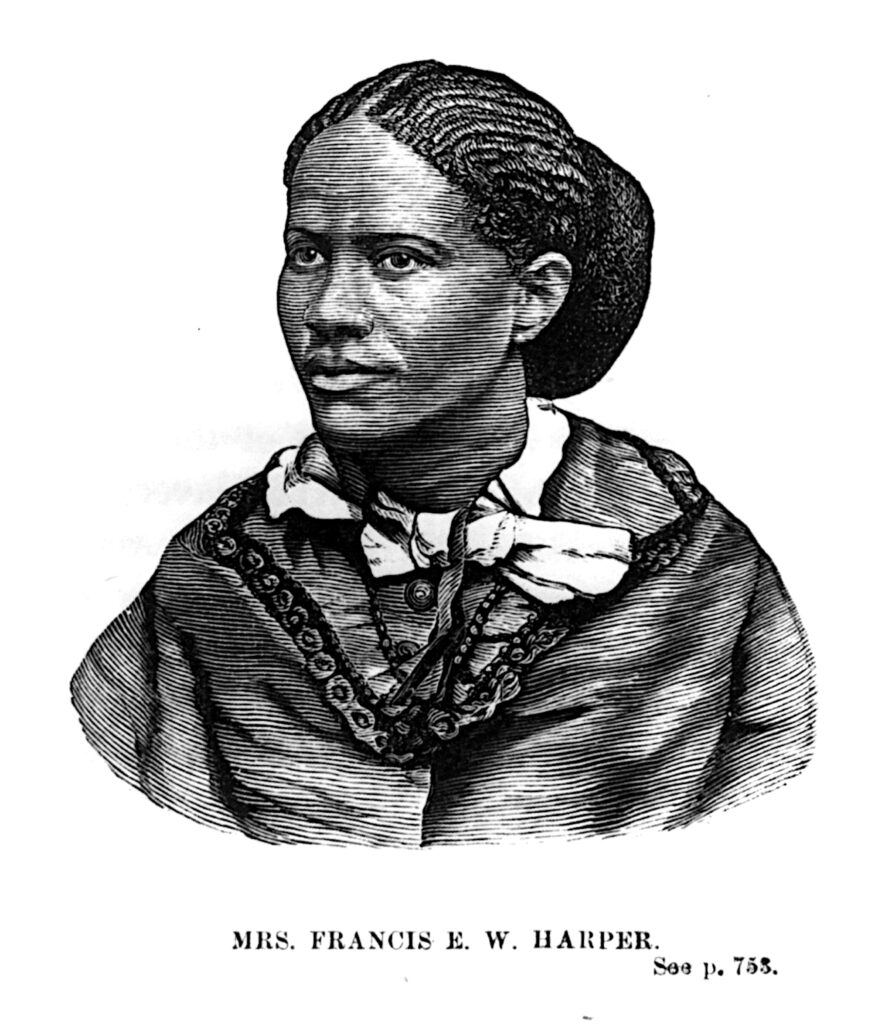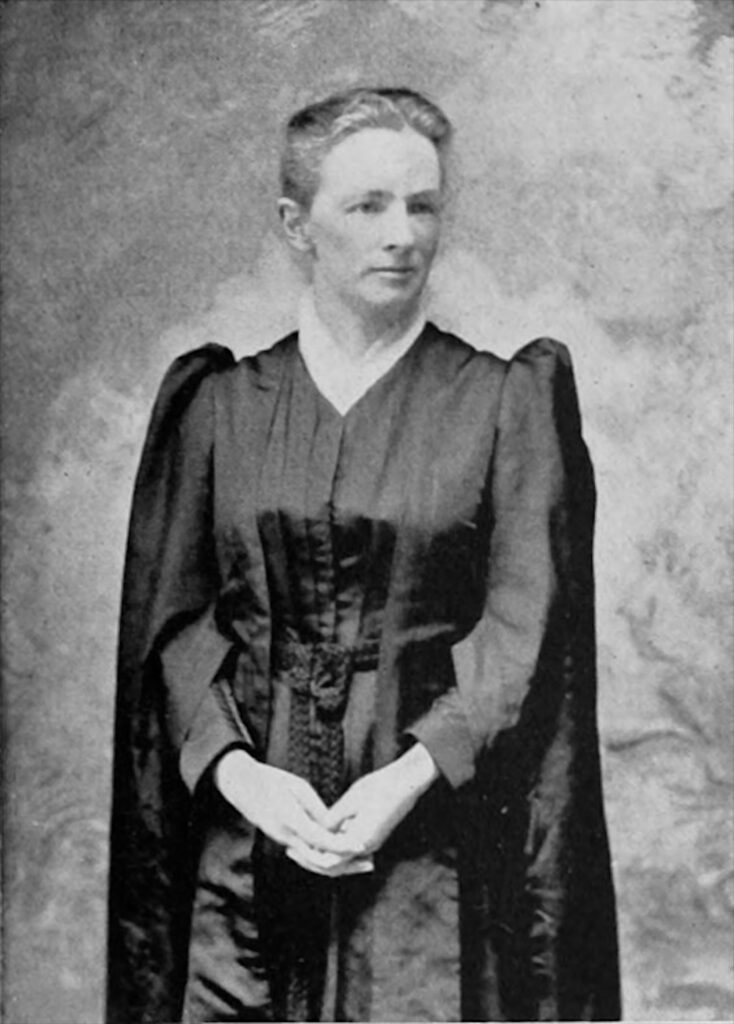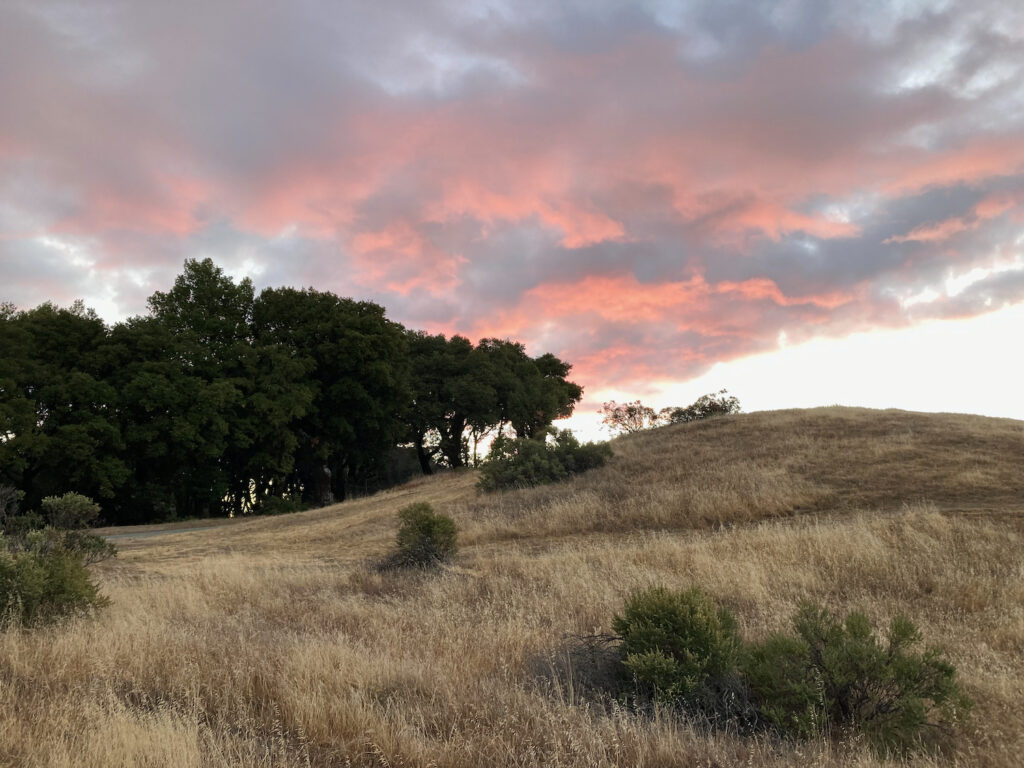Over the past year, I’ve talked to quite a few UU professionals who are thinking about changing jobs. Mind you, this happens every year. If you have a professional job in a small nonprofit, the typical path for job advancement is to find a job at another, slightly larger, nonprofit. This is obviously true for part-time directors of religious education — the quickest path for a part-time professional to advance in their career is to find a similar position elsewhere that’s full-time. There’s also the classic career path for full-time senior ministers — stay in a small congregation for about seven years (until you get your first sabbatical), then move to a larger congregation that pays more.
The result of all this is a constant movement of professional employees — directors of religious education and parish ministers — among UU congregations. This kind of movement is actually a good thing, because it helps spread best practices and new ideas from one UU congregation to another. It also provides an obvious upward career path, which means we all can continue to attract the best talent into our congregations.
Problem is, there are too many UU congregations who do a lousy job of hiring new employees. I’m going to give three examples of lousy hiring practices by UU congregations. I’m going to change details to protect the innocent — and by “protect the innocent,” I don’t mean I’m going to protect the UU congregations who have lousy hiring practices — no, I mean I’m going to protect the UU professionals who provided some of these examples for me.
Requiring more than full-time work
Several months ago, a colleague showed me a job posting where a UU congregation in the northeastern U.S. posted a job that required eight hours a day, six days a week.
The first problem with this is that it’s stupid. Back in June, 2019, Shainaz Firfiray, Associate Professor of Organisation and Human Resource Management at the Warwick Business School, University of Warwick, England, wrote a piece for The Conversation titled “Long hours at the office could be killing you,” in which she cites growing evidence that a 35 hour work week is most efficient, whereas longer work weeks can cause stress, anxiety, and depression. That’s even more true in the middle of the pandemic, where I’m seeing a huge increase in stress, anxiety, and depression among UU professionals.
I know we have congregational polity, so no one can stop your congregation from being stupid and demanding six day work weeks of your professionals. But if you do that, please do not complain to me or express surprise when your professionals grow stressed, anxious, and depressed — and then become less efficient and effectual — and even in the worst case scenario engage get driven into unethical or unprofessional behavior. Do not complain or express surprise, and also, please, accept full responsibility for being stupid.
The second problem with demanding a six day work week is that it’s unethical. Why? Well, first of all, if you claim to be paying a salary that conforms to UUA guidelines for this six-day-a-week job, you’re lying. The UUA guidelines are for full-time work, so if you’re demanding more than full-time hours, then you’re not paying the salary required by guidelines. I’ll walk you through this. Let’s take the example of a parish minister in a small congregation with fewer than 150 members in Geo Index 3. For full-time work, the UUA guidelines call for a range of $54,100 to $76,500. If you’re demanding a six-day work week, then on an hourly basis you should pay time-and-a-half for every hour over 40 hours. That gives a salary range of $70,330 to $99, 450. So if you advertise a salary range of $54,100 to $76,500, require a six-day workweek, and claim to be meeting UUA guidelines, you are in effect lying.
There’s another reason why this is unethical. It’s treating your professional employee like a wage slave. Actually, a congregation that demands a six day work week of its professionals is treating them worse than wage slaves. I spent twelve years punching a time clock, and when you punch a time clock your employer tends to be very respectful of your extra hours. But an unscrupulous employer will ask for more and more hours from a more-than-full-time salaried employee, because demanding more doesn’t cost them a cent.
Not publicly advertising the salary
Recently, BBC News reported on “Why companies don’t post salaries in job adverts.” UU congregations appear to be part of this world-wide trend. Over the past year, UU colleagues have pointed out to me several instances of UU congregations posting jobs that give no indication of what the salary is.
In addition, there now seems to be a trend of posting jobs with the vague claim that the congregation “pays UUA guidelines.” Except that when you get to the interview, it turns out that the salary that’s offered is the lowest possible salary the congregation can get away with. A year ago, I was shown one job posting for a religious educator that claimed to “pay UUA guidelines.” Now for religious educators, there are five different salary levels based on your level of experience and training. For example, the salary ranges for a full-time religious educator position in a mid-sized II (250-349 members) congregation in Geo Index 3 range from $55,100 to $65,200 for a Credentialed Masters Level religious educator, down to a range from $34,700 to $37,900 for an inexperienced, untrained Religious Education Coordinator. When my colleague got to the interview, this congregation that claimed to “pay UUA guidelines” for a Director of Religious Education was actually only offering $34,700, the lowest possible salary for a Religious Education Coordinator. That’s dishonest.
It’s not only dishonest, it’s stupid. As the BBC reports, “knowing the expected salary upfront lets a candidate understand whether a job will be financially viable for them.” So the hiring committee is actually wasting its own time reviewing applications and conducting interviews with people who are going to turn them down when they hear what the salary is. Furthermore, it’s also stupid because, according to the BBC, “organisations that are more transparent about their salaries can win over the best candidates and attract diverse applicants.” BBC quotes one expert as saying, “if the salary banding isn’t there, I think there can be a tendency for some of the better talent on the market to not apply.” In short, lack of salary transparency means you’ll attract a lower-quality and less diverse talent pool.
Finally, it’s not only dishonest and stupid, it’s also illegal in some states. As of 2019, Colorado requires employers to disclose pay ranges in all job listings. Similar legislation is pending in other states. The very title of the Colorado law makes it clear that this is a justice issue — “Equal Pay for Equal Work At” –and the law is designed to eliminate the gender pay gap, and all other pay disparities. So to avoid potential fines, and to hep further justice in the work world, you might as well get in the habit of posting the salary range in your job listings.
Cheating on benefits
Some UU congregations post jobs where they claim to compensate at UUA salary guidelines, but then they don’t offer the full benefits package called for under UUA guidelines. So technically, they’re not lying — the congregation is in fact paying the salary called for under UUA guidelines. But the total compensation package does not meet UUA guidelines. That’s dishonest. It’s the old bait-and-switch game.
Actually, sometimes it goes beyond dishonest into stupid. A colleague showed me one job posting where the congregation claimed to pay at UUA salary guidelines. Of course the actual salary wasn’t listed. But they did list the benefits. And the benefits package wasn’t even close to the UUA recommendations. I guess they assumed that applicants were going to be either desperate enough not to care, or ignorant enough not to look at the UUA guidelines. It’s stupid when you go out of your way to try and attract applicants who are desperate and/or ignorant. It’s also stupid to assume applicants are going to be desperate, when in actuality there’s a nationwide labor shortage.
Lessons to be learned
First lesson to be learned: There’s a labor shortage right now. If UU congregations want to attract the best candidates, especially if they want to attract more diverse candidates, they need to offer reasonable hours, they need to be transparent in their job postings, and they need to offer a decent benefits package.
Second lesson to be learned: If the congregation’s budget won’t pay for all the staff they want, trying to squeeze more work out of your staffers for less pay is not the way to go. You’ll get lower quality work, and pissed-off staffers. Either raise more money, or reduce your expectations of what you can get out of staff.
Third lesson to be learned: Financially, it’s gotten to be a harsh world for small nonprofits. We all know that staff cuts are going to be the norm for most congregations for the foreseeable future. We all know that the way to attract the best talent in this harsh world is to be fair and transparent. And I’m predicting that the congregations that attract the best talent, the most diverse talent, are going to be the congregations that survive — and even thrive — in the face of today’s harsh financial realities.
